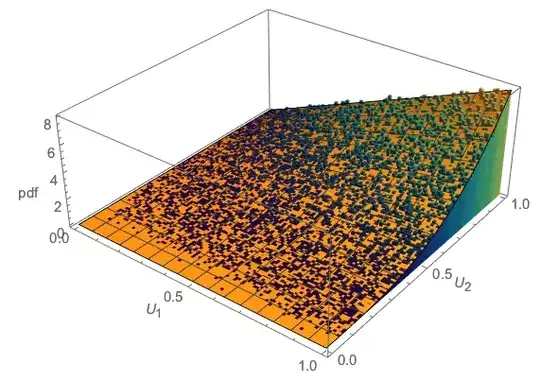I would argue that seasonality, in this case, would no longer be linear.
The effects of summer, for example, aren't of the same magnitude at the middle of summer as at the end of it.
This is however exactly what you are doing when coding the months this way.
The effect of 'January' is stated to be the same among all weeks in January, including the weeks only partially in January. Additionally the split weeks would have the combined effect of both the end and the beginning month.
Coding the different months instead of the seasons would actually be better for this part of the problem, since you would allow more variability in the effects, instead of pushing the effects into a form which doesn't really suit them.
To really tackle this problem, a non-linear approach might be more appropriate, modelling the seasonal effect with a suitable function, possibly something sine-like.
